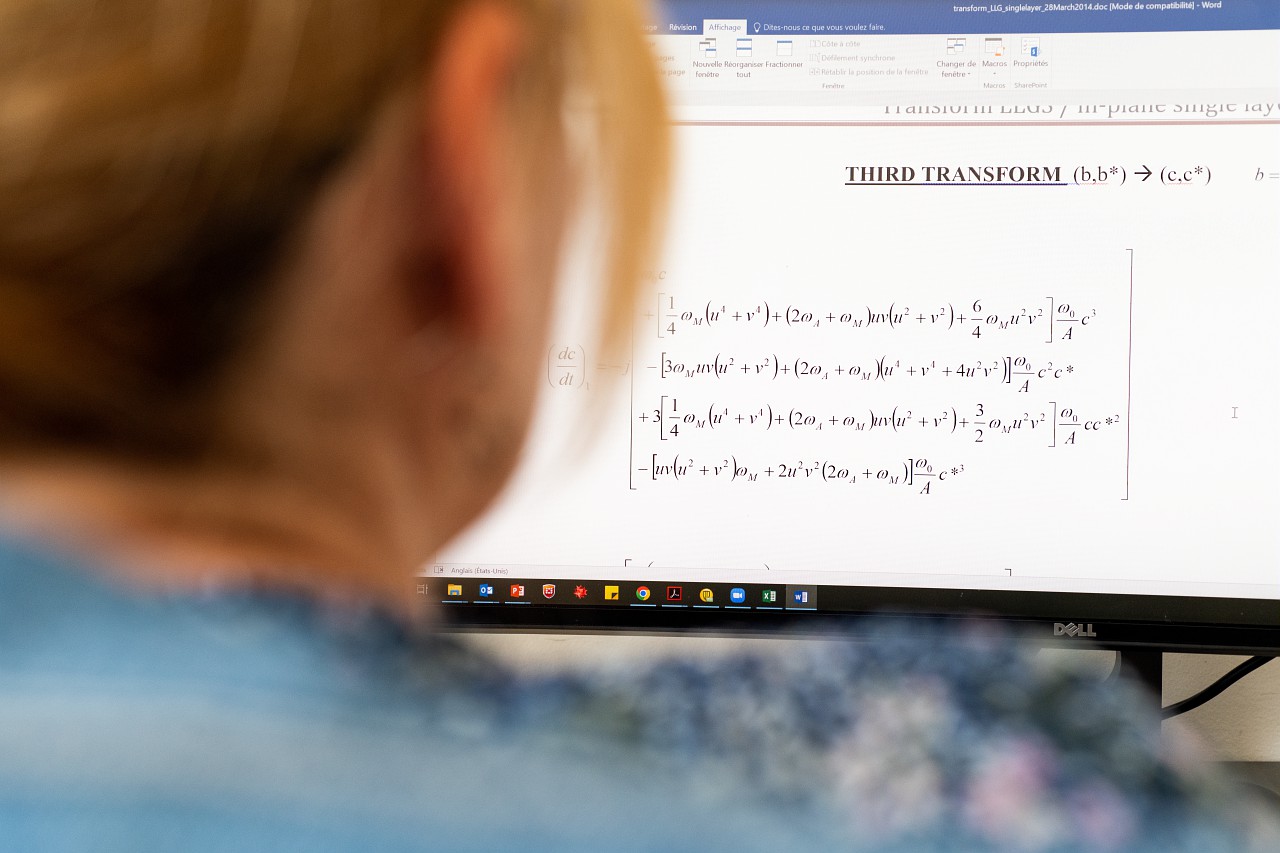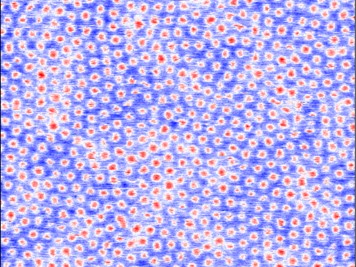
CHIREX
Project Manager
Stéfania Pizzini, researcher at CNRS in Institut Néel
N° ANR: 22-EXSP-0002
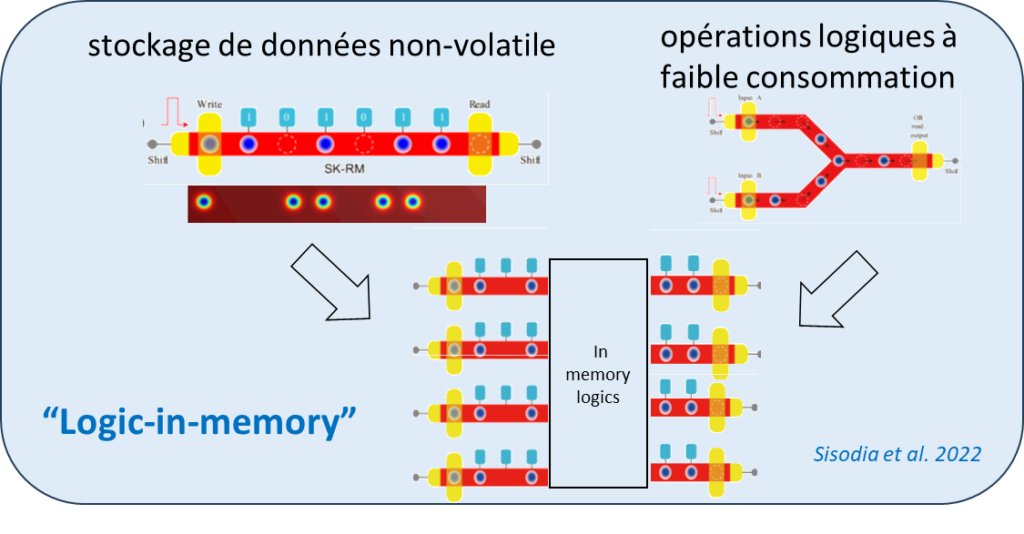
The aim of the CHIREX Target Project is to develop a new generation of spintronic components based on the manipulation and interconversion of topological spin textures such as skyrmions and chiral domain walls.
Challenges
> Extremely high energy efficiency
> Ultra-fast read/write processes
> Increased information density
Implemented solutions
>Nano-scale materials engineering,
>Ultrafast writing
>Electric bias control for low power
>Topological coding
>Bio-inspired architecture
>Development of magnetic tunnel junctions
More precisions
One of the limitations of the all-CMOS architectures used in today’s processors is that the information storage part and the calculation part are physically separated. The presence of interconnections between the two modules implies a significant delay and energy cost to continuously transfer information between the two modules. What’s more, standard memories are volatile, implying a significant additional energy cost to retain information.
These prospects are linked to the unique properties of skyrmions, associated with their topological nature, nanometric size and high mobility under electric current. In recent years, major scientific breakthroughs have been achieved, notably by the project partners, including the first stabilization of skyrmions at room temperature, their nucleation with very low energy (Writing), their displacement by electric currents or an electric field (Manipulation) or their detection by electrical measurement (Detection).
The consortium
Institut Néel (CNRS, Grenoble), Laboratoire Albert Fert (CNRS, Palaiseau), Laboratoire de Physique des Solides (CNRS, Orsay), SPINTEC (CEA, Grenoble), Centre de Nanosciences et de Nanotechnologies (Palaiseau, Université Paris-Saclay) Institut Jean Lamour (Université de Lorraine)
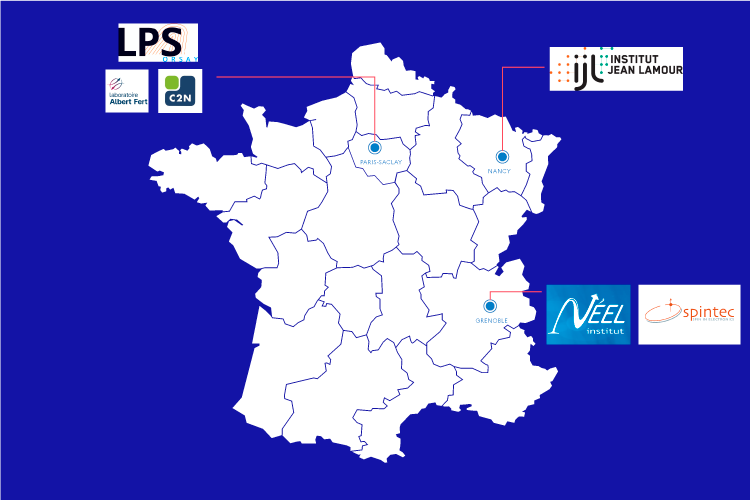
Publications relatives au projet CHIREX
Les autres projets PEPR
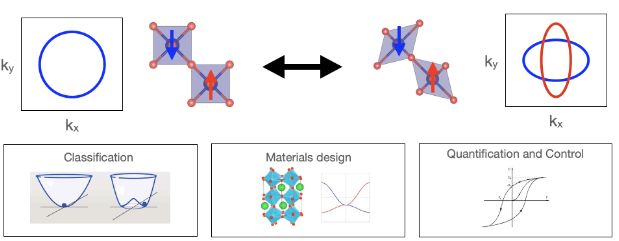
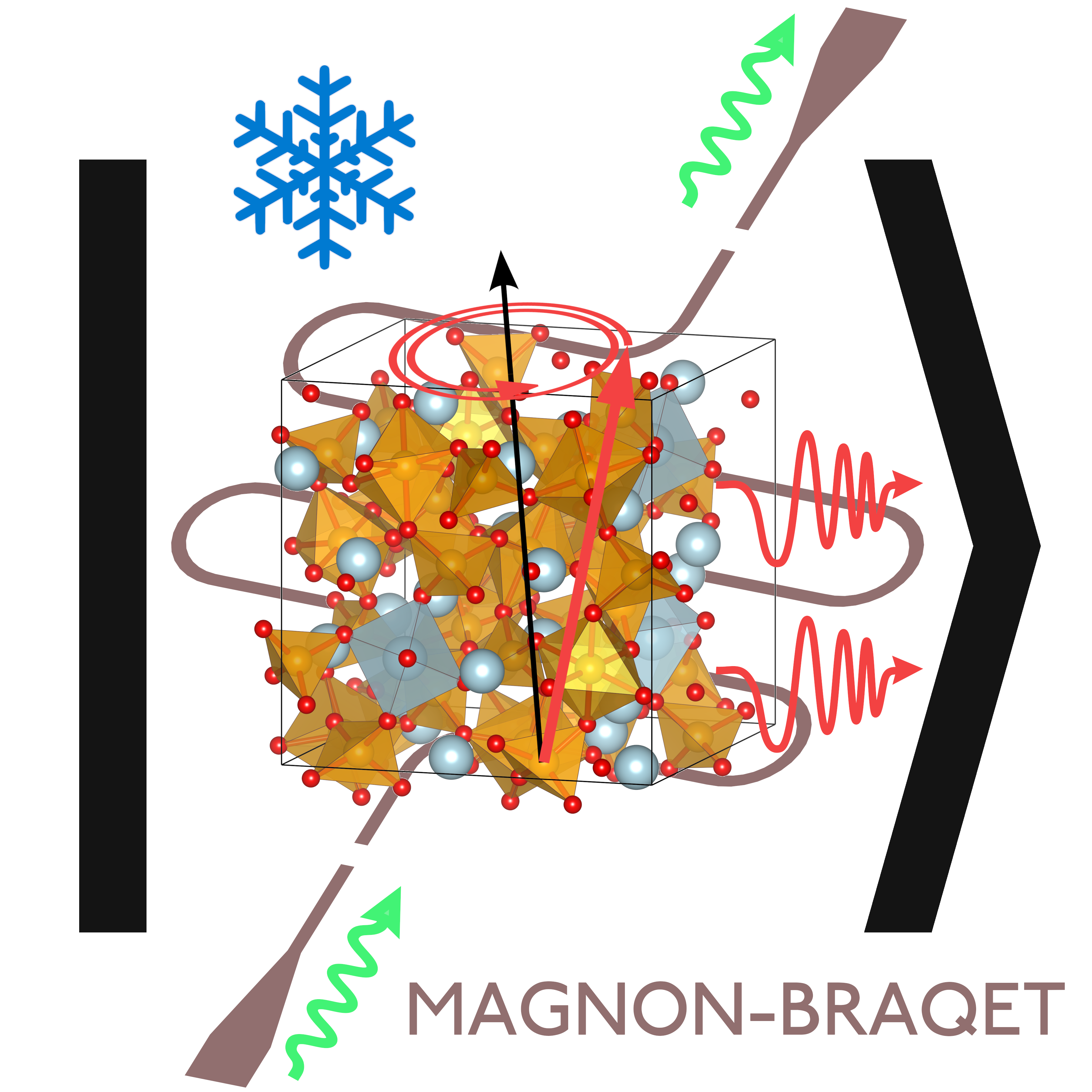
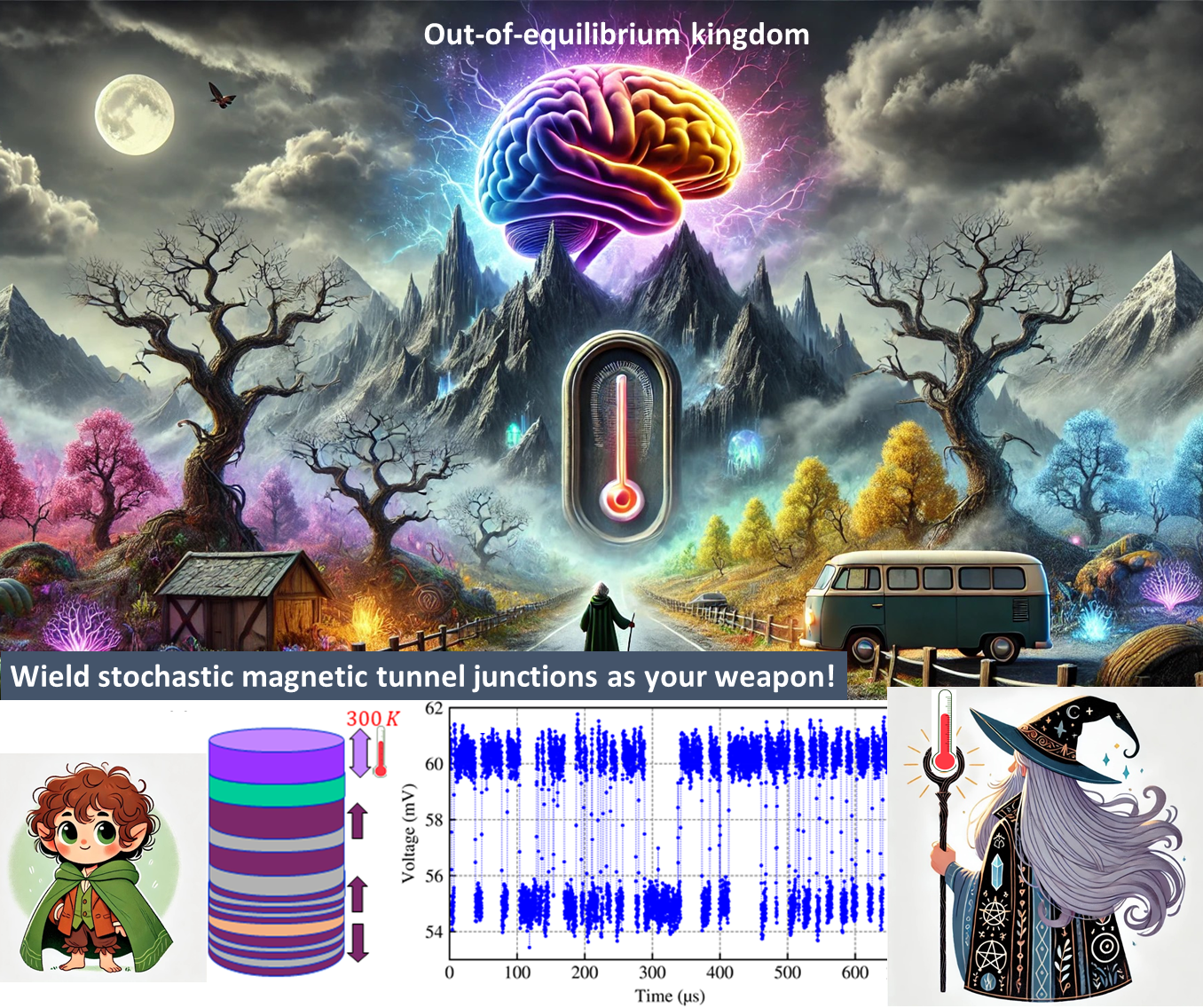
HOBBIT
Harnessing out-of-equilibrium spintronics in self-adaptative brain-inspired networks
Voir plus
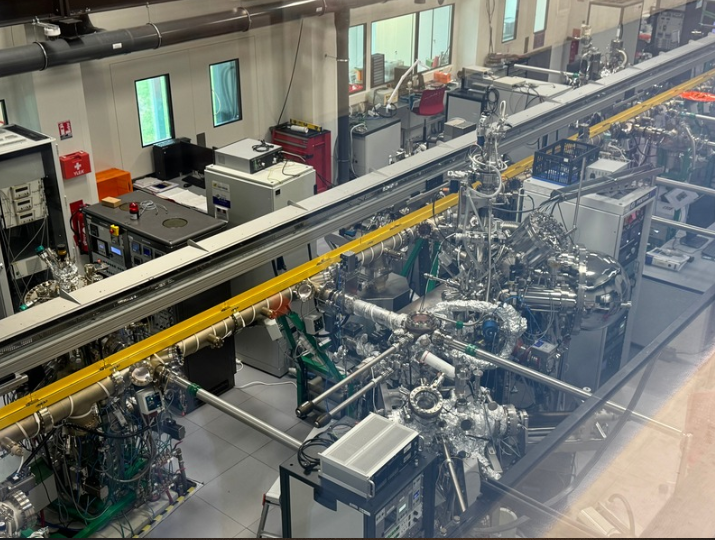
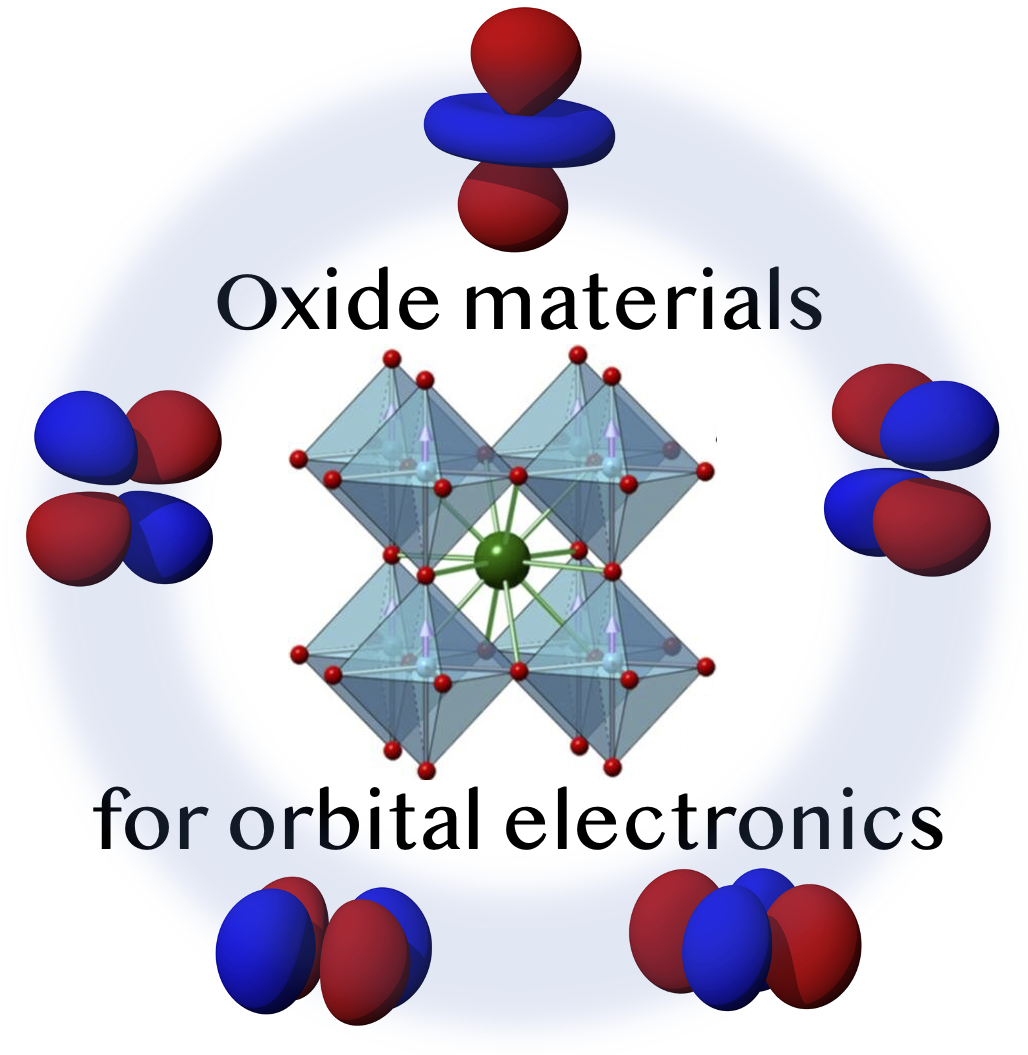
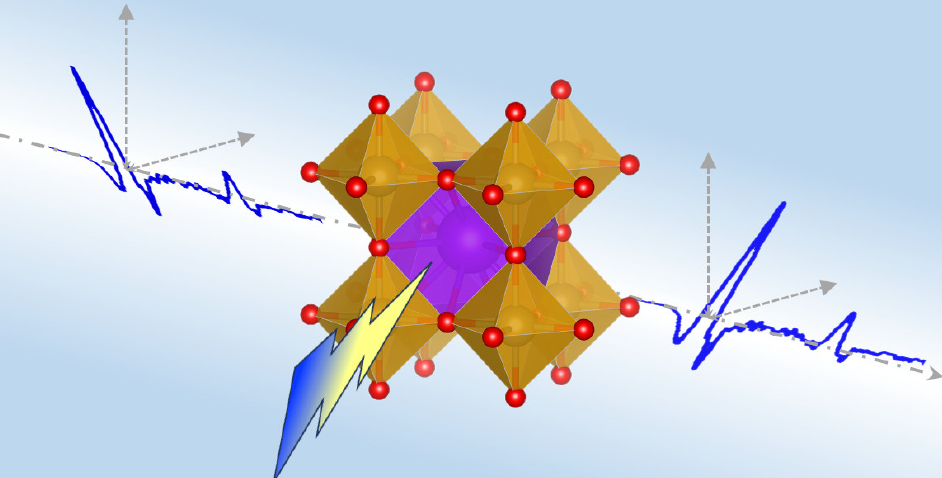
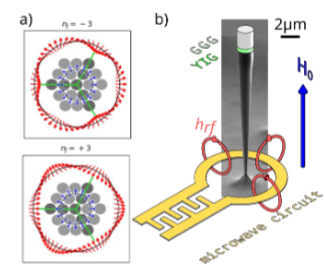
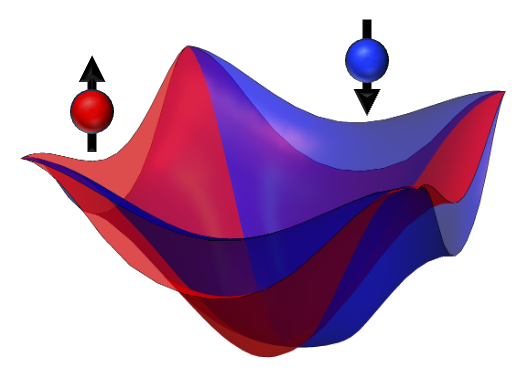
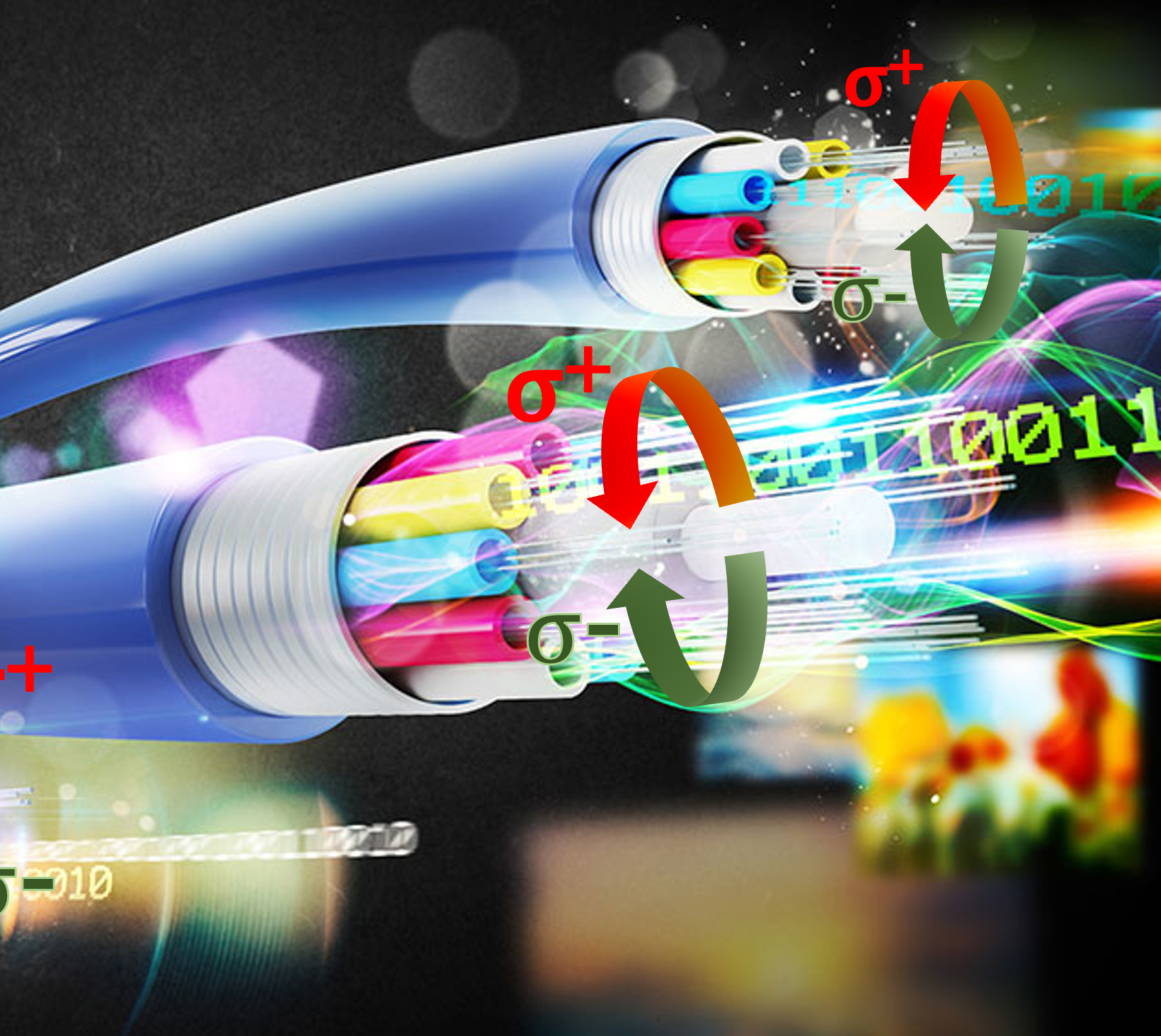
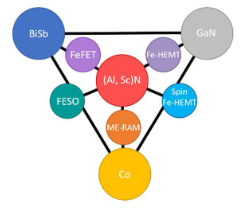
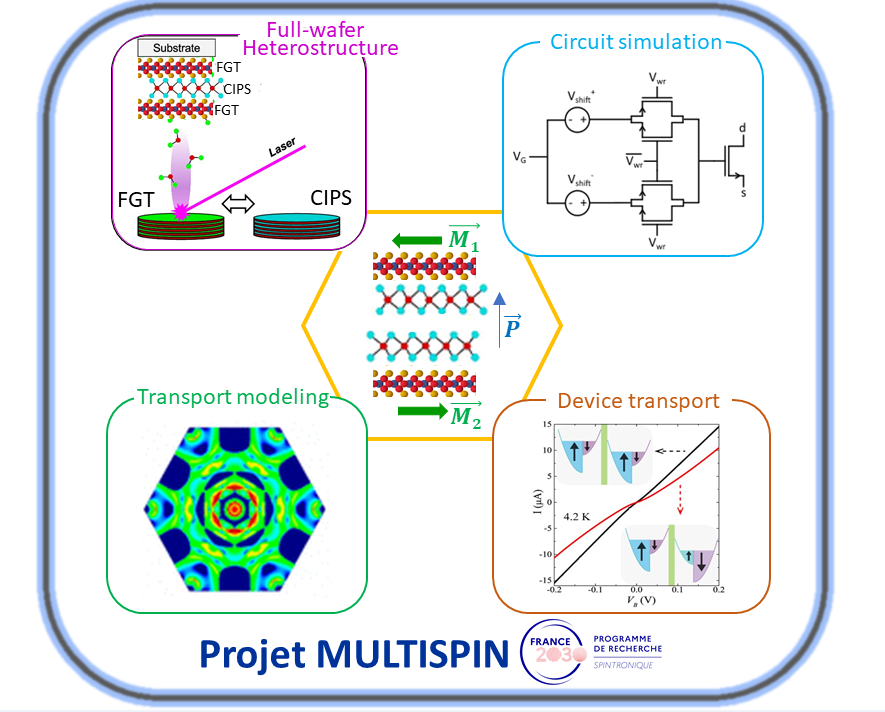
Multispin
Van der Waals Multiferroic Heterostructures for Logic-In-Memory Spintronic Devices
Voir plus
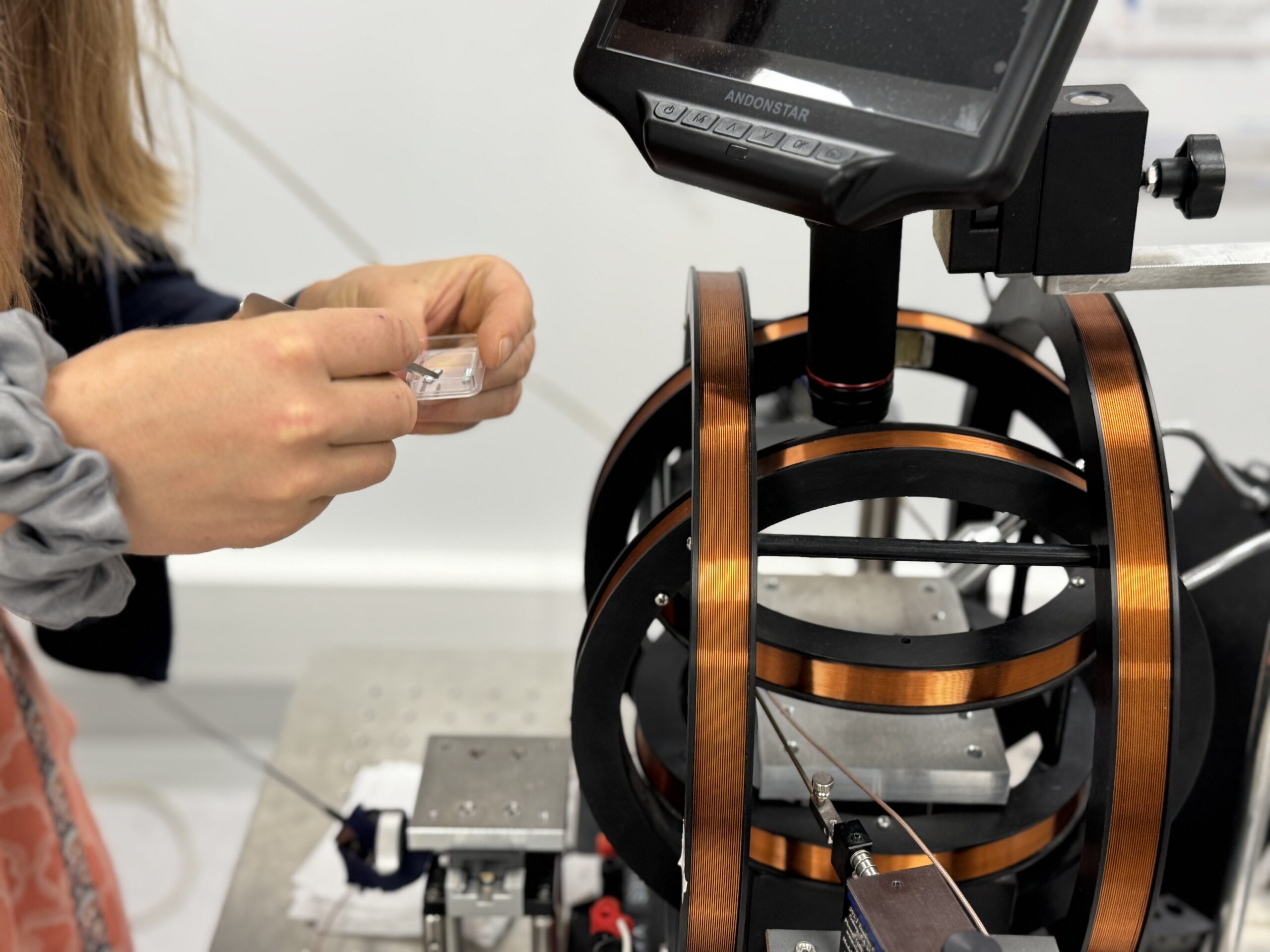
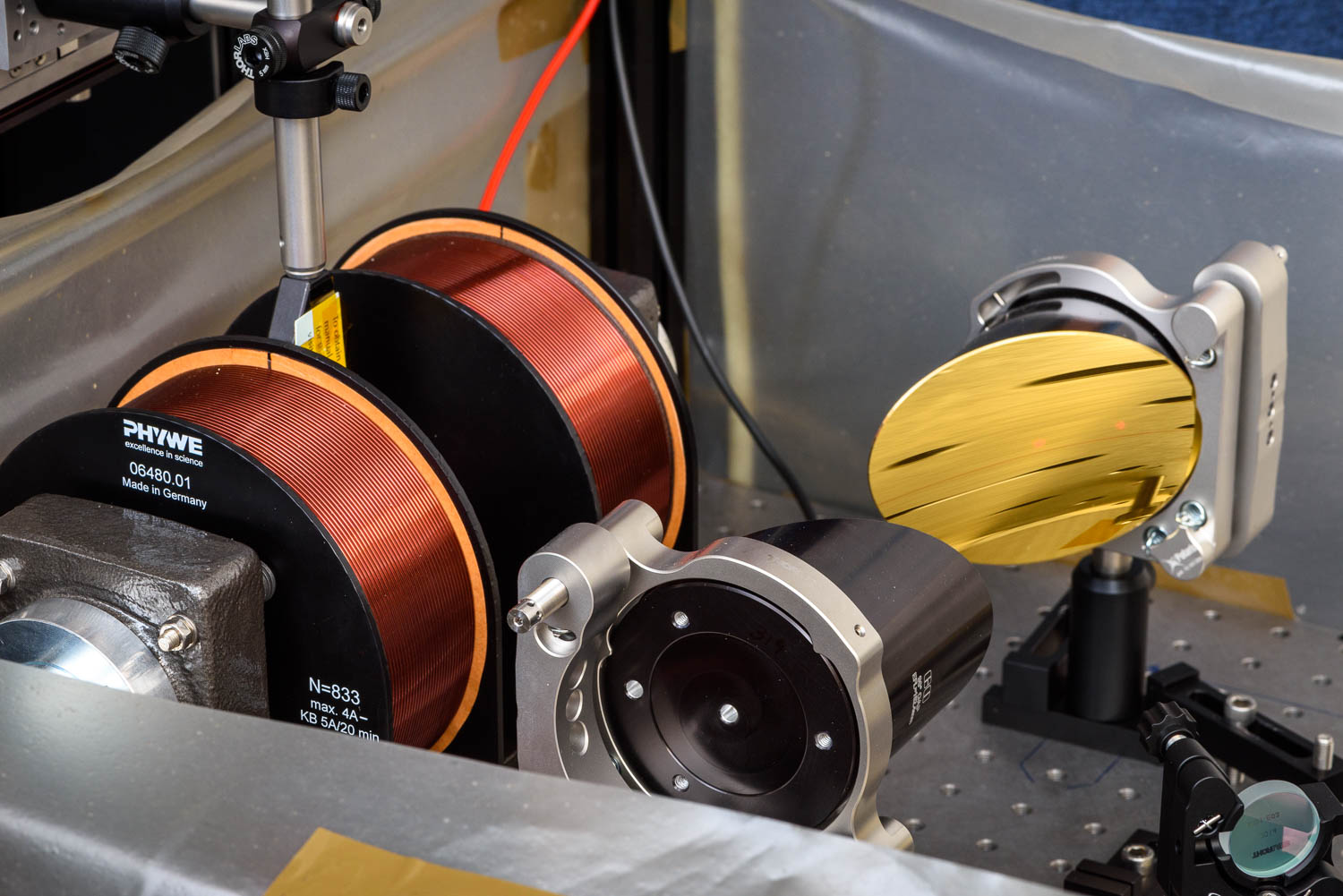
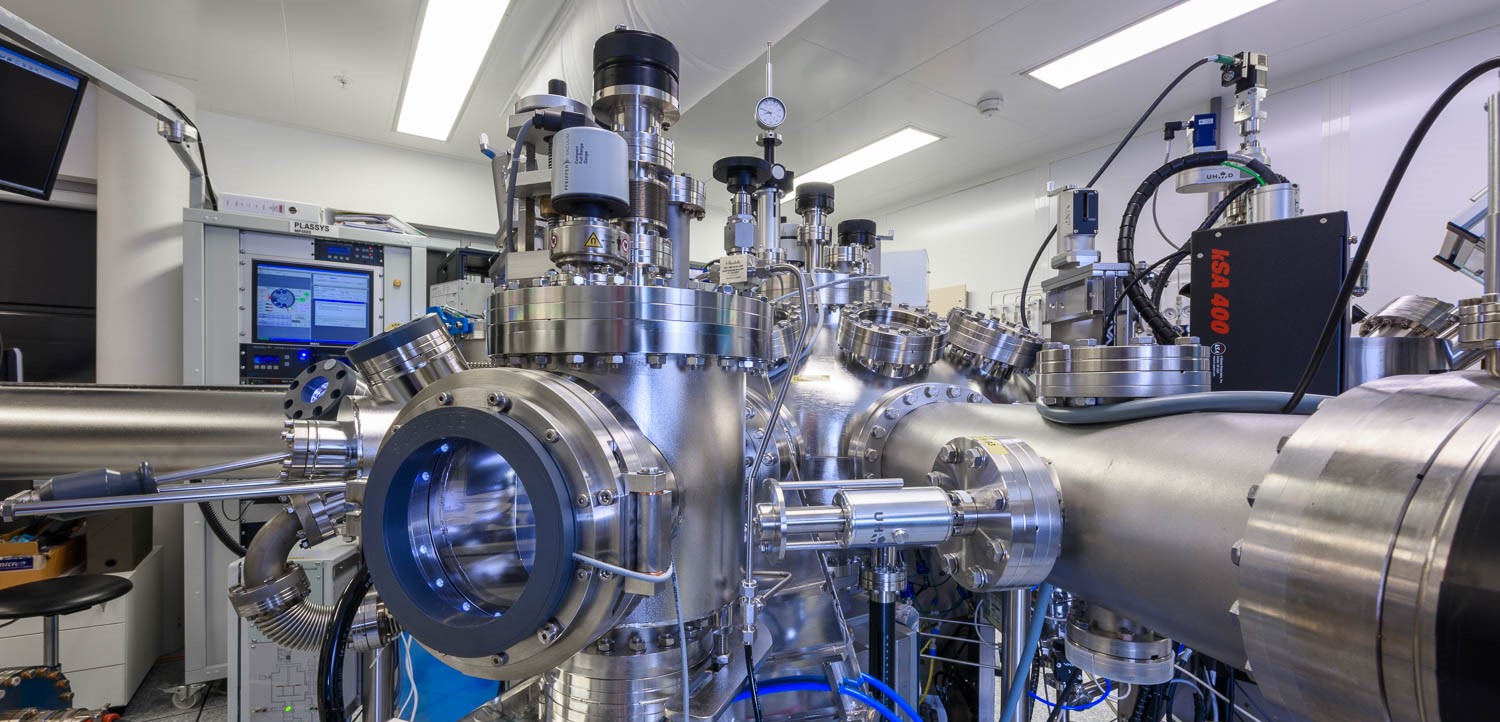
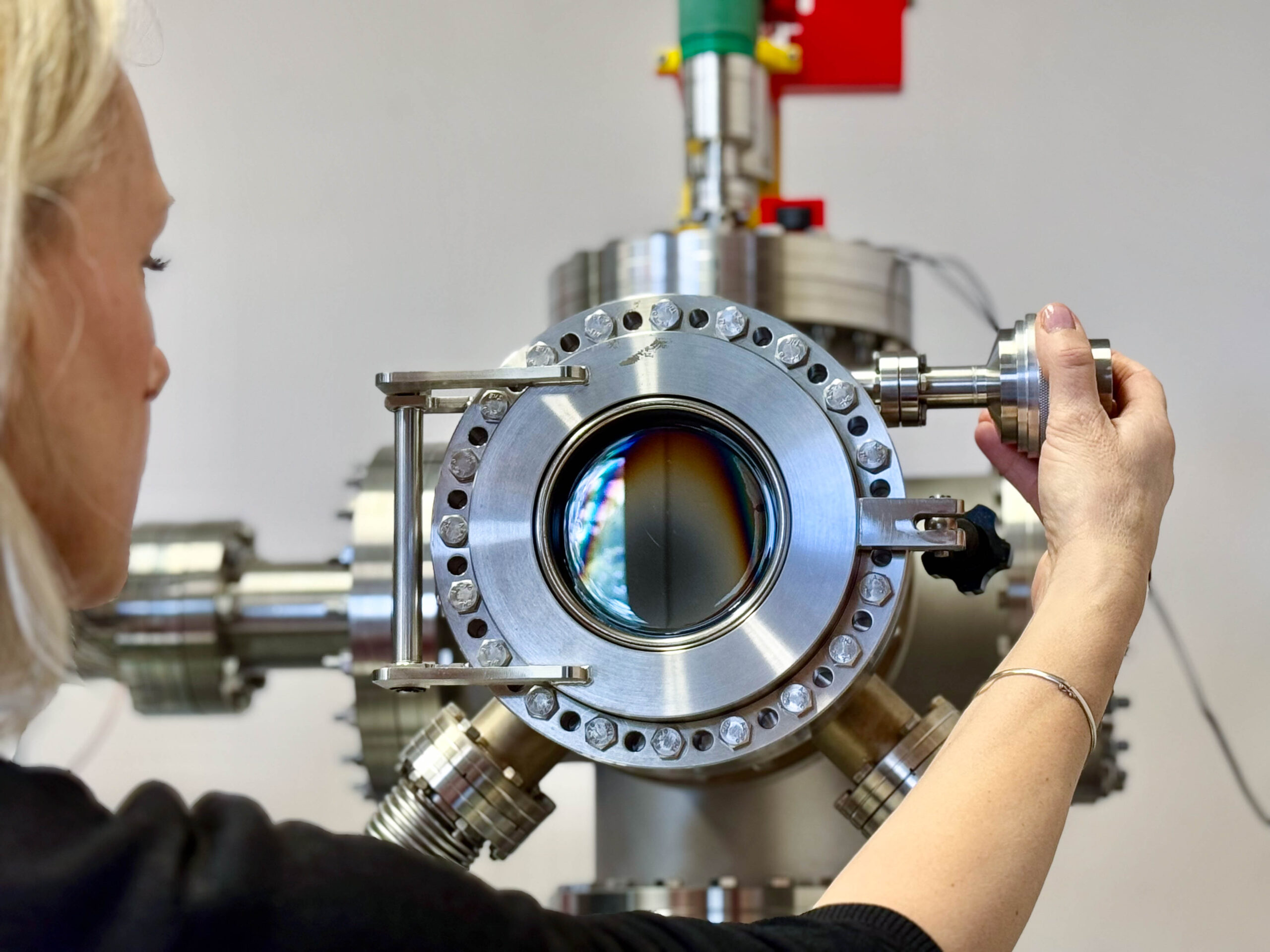
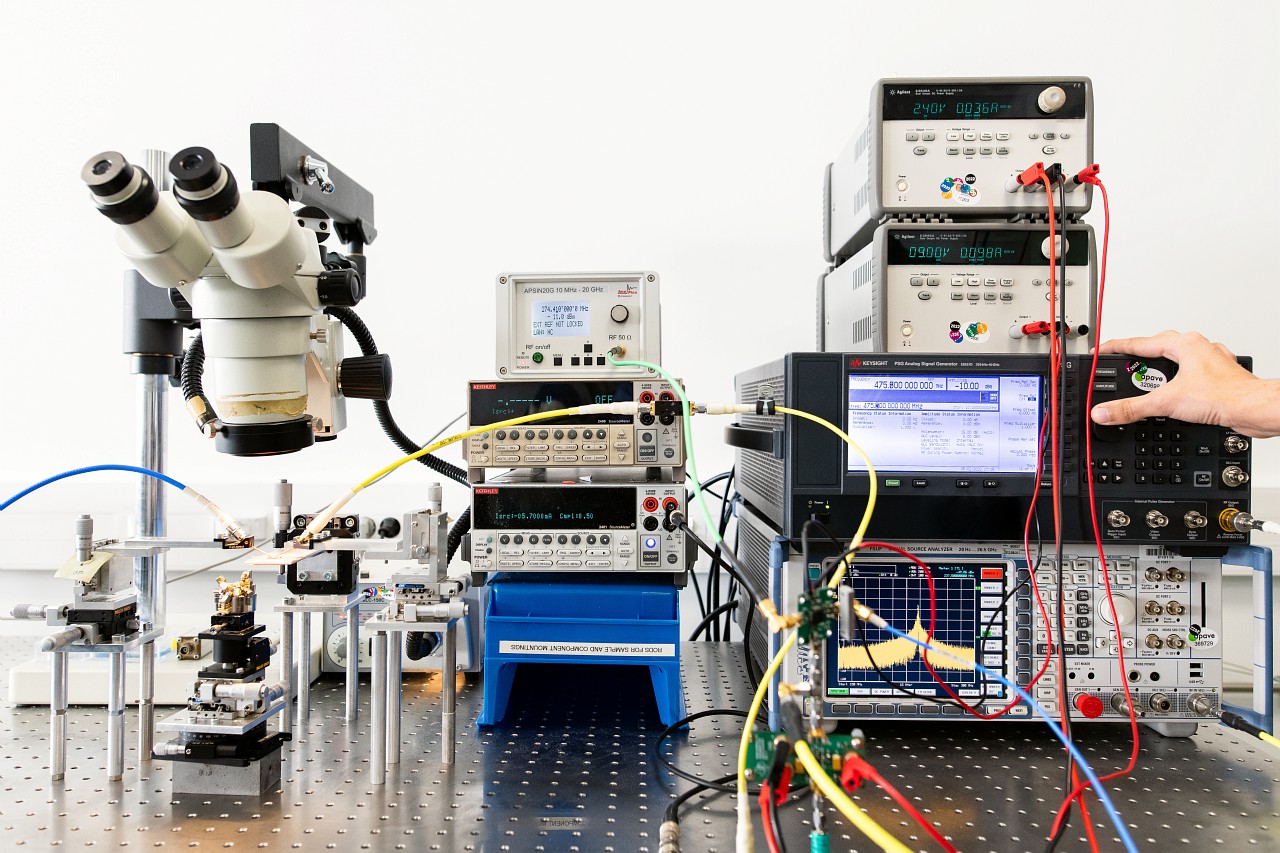
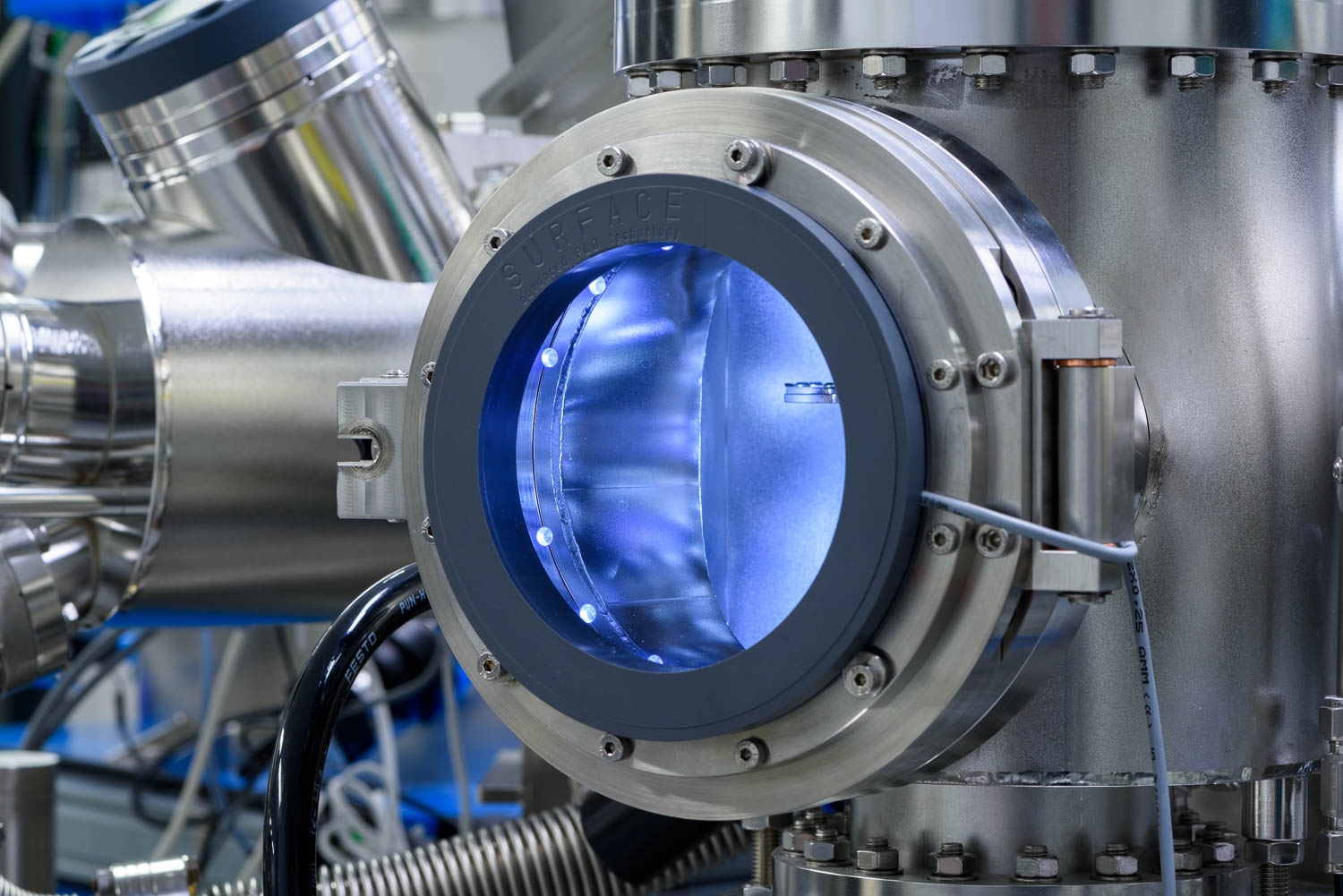
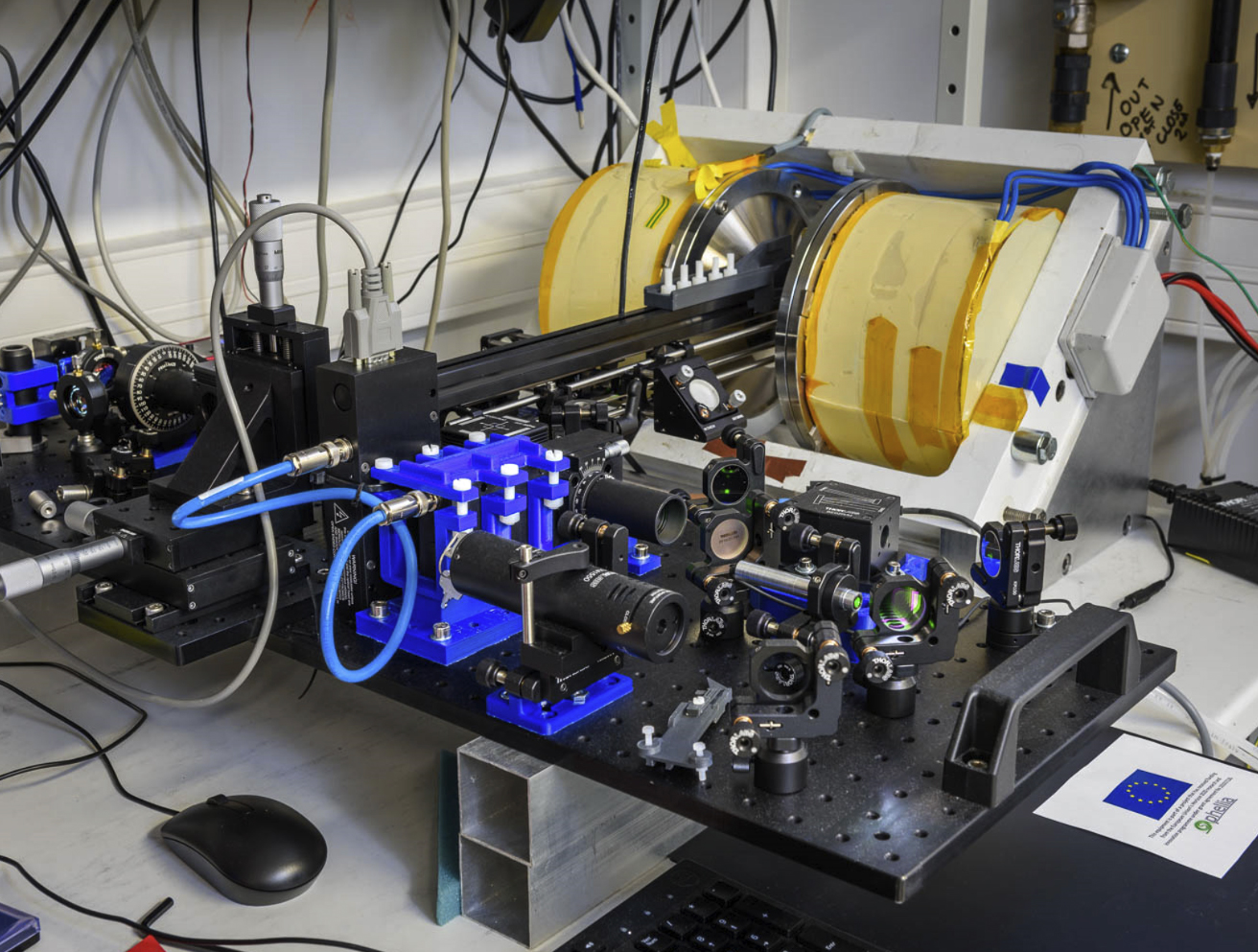
SPINCHARAC
SPINCHARAC Project Manager Lucian Prejbeanu, Director of Laboratory SPINTECN°ANR: 22-EXSP-0008 The SPINCHARAC…
Voir plus

